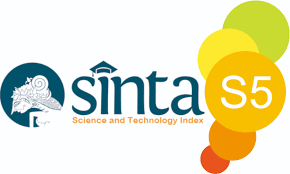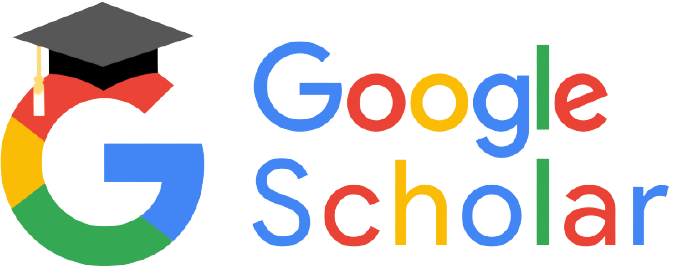Chatbot Application for the Dissemination of Election Information
DOI:
https://doi.org/10.34010/injuratech.v4i1.14158Abstract
The lack of media for election socialization that provides more accessibility for the deaf makes it difficult for them to obtain information given verbally, either by the KPU (The General Elections Commission) or the success team of candidate pairs who will compete. This condition could affect them to unvote. This research aims to design an application with an easy-to-use interface and help deaf people get accurate and accessible news and information. The method used to fulfill application development needs was a descriptive analysis method with a qualitative approach. This study used the Goal-Directed Design method to build an easy-to-use interface for deaf people. According to these applications, the deaf could easily understand election news information because videos are equipped with sign language and subtitles. These applications help the deaf quickly access and obtain the information about the election socialization that will hold and determine whom the candidates will compete in the election such as news feature, ask KPU, listen to reading, etc. The chatbot technology is expected to make the information search process more personal so that deaf people feel more comfortable using the application
References
[2] Atkinson, V., Aaberg, R., & Darnolf, S. (2017). Disability rights and election observation: Increasing access to the political process. Nordic Journal of Human Rights, 35(4), 375-391.
[3] Saidatin, N., Munir, M., Oktaviani, M. V., & Widodo, P. G. T. (2019). Development of General Election Services for Disabilities by using Application SUARAKU In Surabaya. INTEGER: Journal of Information Technology, 4(1).
[4] F Abdalla. 2019, February 14. KPU Sosialisasi Pemilu ke Penyandang Disabilitas. Retrieved February 20, 2021, from : https://www.medcom.id/pemilu/news-pemilu/0Kvqv7Yk-kpu-sosialisasi-pemilu-ke-penyandang-disabilitas
[5] McColl, M. A., Giancarlo, A., Shannon, D. W., & Patola, U. (2015). More than voting booths: Accessibility of electoral campaigns for people with disabilities in Ontario. Canadian Journal of Disability Studies, 4(1), 89-110.
[6] Schur, L., Adya, M., & Ameri, M. (2015). Accessible democracy: Reducing voting obstacles for people with disabilities. Election Law Journal, 14(1), 60-65.
[7] Mattila, M., & Papageorgiou, A. (2017). Disability, perceived discrimination and political participation. International Political Science Review, 38(5), 505-519.
[8] Abdul-Kader, S. A., & Woods, J. C. (2015). Survey on chatbot design techniques in speech conversation systems. International Journal of Advanced Computer Science and Applications, 6(7).
[9] Yumarlin, M. Z., & Jemmy, E. B. (2019, March). Implementation Of Goal-Directed Design Method Multimedia English Learning For Early Childhood. In Journal of Physics: Conference Series (Vol. 1175, No. 1, p. 012075). IOP Publishing.
[10] Kurniati, P. S., Sholihin, I., Winarta, R., & Insan, M. H. (2021). Information technology policy through the e-government programs in improving public services quality. International Journal of Computer in Law & Political Science, 1, 1-8.
[11] Karniawati, N., Simamora, R., & Zain, B. T. (2021). Information communication and technology for political communication ethics. International Journal of Computer in Law & Political Science, 1, 21-26.
[12] Shiver, B. N., & Wolfe, R. J. (2015, October). Evaluating alternatives for better deaf accessibility to selected web-based multimedia. In Proceedings of the 17th international ACM SIGACCESS conference on computers & accessibility (pp. 231-238).
[13] Paz, F., Paz, F. A., Villanueva, D., & Pow-Sang, J. A. (2015, April). Heuristic evaluation as a complement to usability testing: a case study in web domain. In 2015 12th international conference on information technology-new generations (pp. 546-551). IEEE.
[14] Haristiani, N., & Rifa’i, M. M. (2020). Combining chatbot and social media: Enhancing personal learning environment (PLE) in language learning. Indonesian Journal of Science and Technology, 5(3), 487-506.
[15] Zakia, D. L., Sunardi, S., & Yamtinah, S. (2017). The study of visual media use on deaf children in science learning. European Journal of Special Education Research











